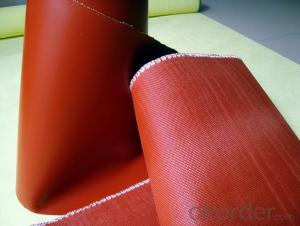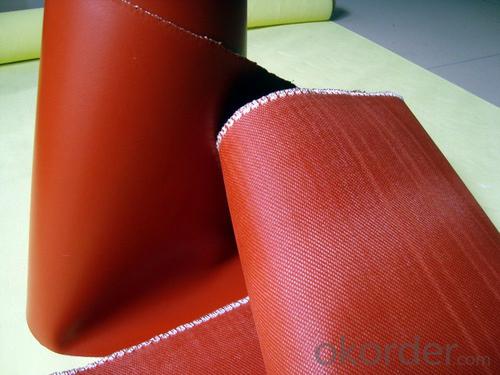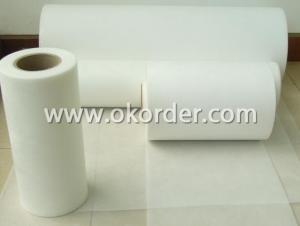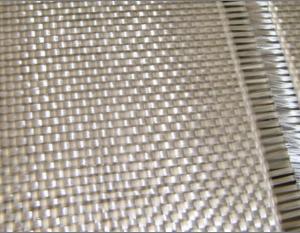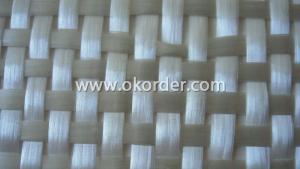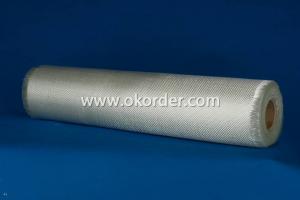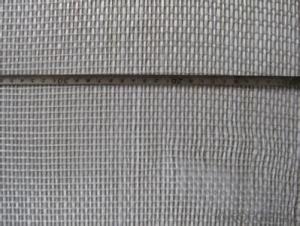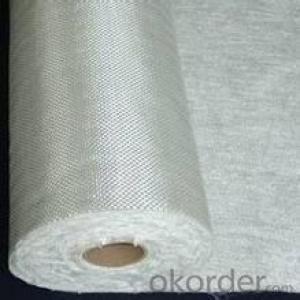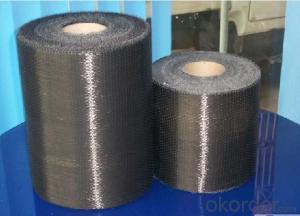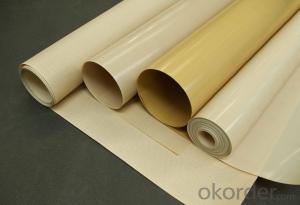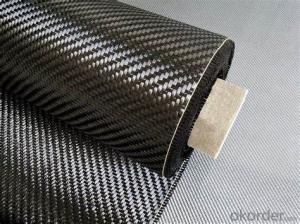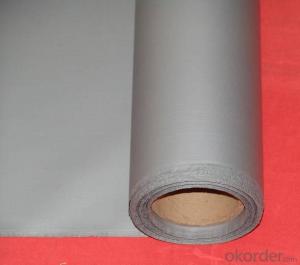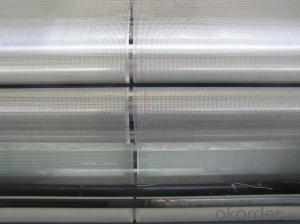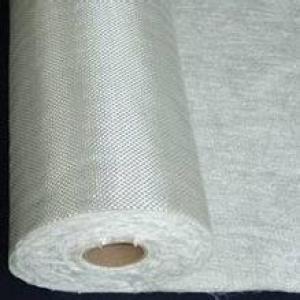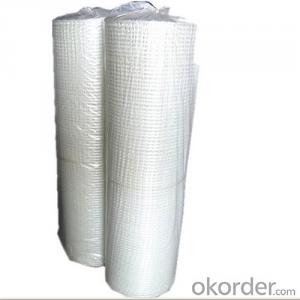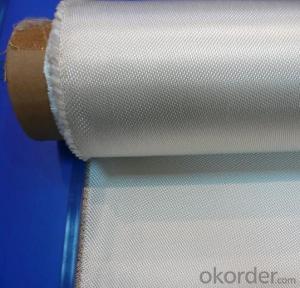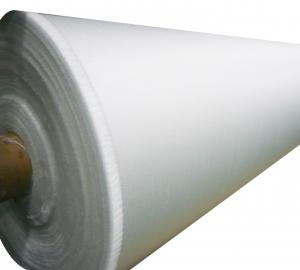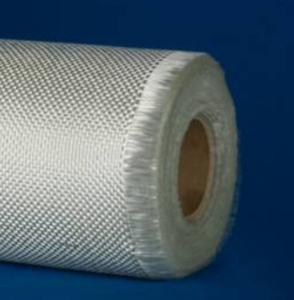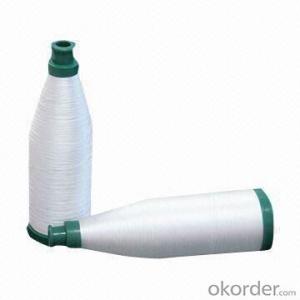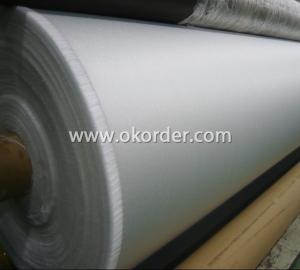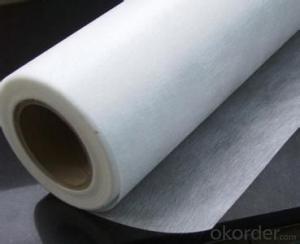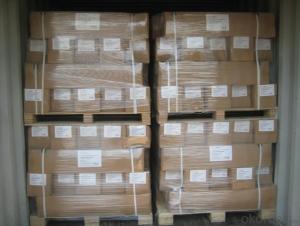Rubber Coated Fiberglass Fabric for Machinery Use
- Loading Port:
- Shanghai
- Payment Terms:
- TT OR LC
- Min Order Qty:
- 500 m²
- Supply Capability:
- 50000 m²/month
OKorder Service Pledge
OKorder Financial Service
You Might Also Like
Coated Fiberglass Fabric for Machinery Use
Fiberglass Fabric Description
Silicone coated fiberglass fabric is a fiberglass cloth, which possesses the properties of temperature resistance, anti-corrosion, high strength and is coated with organic silicone rubber.
Fiberglass Fabric Specification
Thickness:0.2mm-5mm
Width:100cm-150cm
Color;grey/red/silver/black
Weight(coating):130gsm-2800gsm
Model No | FSD2030 | FSD2030 | FSD2050 | FSD2100 | |
High temperature resistant(°C) | ≤280 | ≤280 | ≤280 | ≤280 | |
Low temperature resistant(°C) | ≥-40 | ≥-40 | ≥-40 | ≥-40 | |
Tensile intensity (N/50mm) | Warp | ≥1750 | ≥1750 | ≥2500 | ≥3500 |
Weft | ≥1280 | ≥1280 | ≥2100 | ≥3000 | |
Inflating burst intensity(Mpa) | ≥2.0 | ≥2.0 | ≥2.2 | ≥2.6 | |
Peeling intensity(N/m) | ≥450 | ≥450 | ≥520 | ≥600 | |
Insulation (kv/mm) | 16 | 16 | 18 | 18 | |
Weight (g/m*m) | 550-650 | 550-650 | 750-800 | 1500-1800 | |
Width(mm) | 1000±20 | 1000±20 | 1000±20 | 1000±20 | |
Thickness(mm) | 0.3-0.4 | 0.3-0.4 | 0.05-0.55 | 1.0-1.1 | |
color | Silver-gray, gray, red | lucency | Silver-gray, gray, red | Black, gray, red | |
Fiberglass Fabric Features:
1, Good performance on resisting high temperature and low temperature, -40°C-280°C;
2, High strength;
3, Ozone, oxide, light and weather aging resistance;
4, High insulation: dielectric constant:3-3.2, breakdown voltage: 20-50KV/MM;
5, Chemical corrosion resistant, oil-proofing, waterproofing (washable)
Fiberglass Fabric Application:
It has been widely used in construction, electric insulation,
chemical industry, pipeline ductile conjunction, large generating
Corrosion proofing field, machinery, metallurgy, sealing and so on.
Product Show
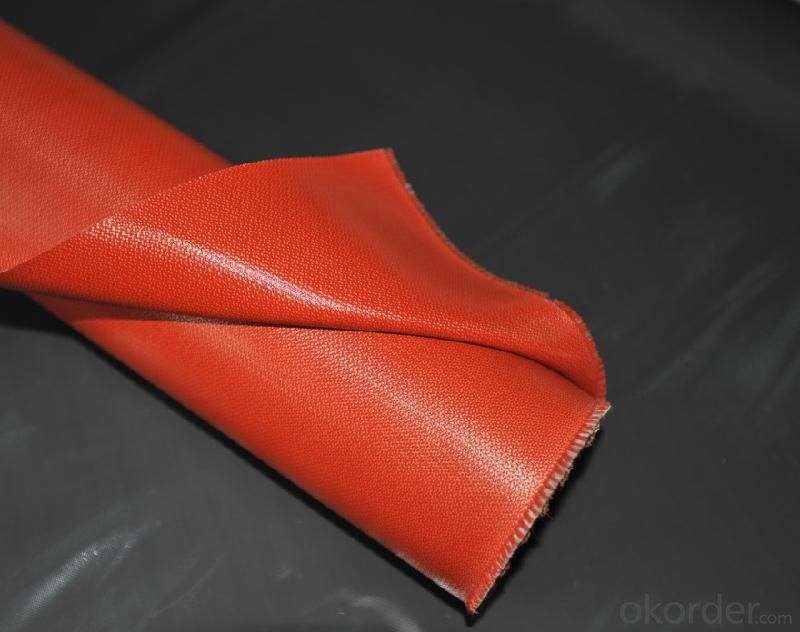
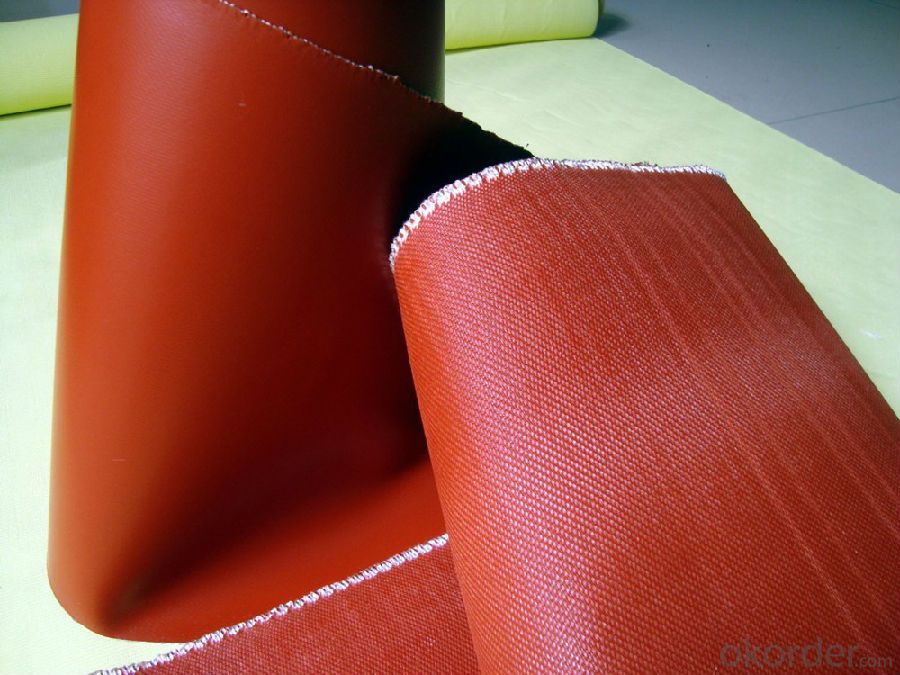
FAQ
1.What are the characteristics of fiberglass fabric?
a)Outstanding temperature resistance(from -70°C to +260°C)
b)Excellent chemical resistance
c)Superior non-stick surface, easy to clean
d)High dielectric strength
e)Dimensional stability
f)Resistance to UV, IR and HF
g)Non-toxic
2.How many methods to weave the fabric?
Four methods to weave the fabric:
a).Plain weave: it can be used in electricity insulation materials and reinforced materials in industry, because of inseparable structure, plain and clear lines.
b).Twill weave: compared with plain weave, it is of high density, high intensity, with a soft and loose structural weave. It can be used in ordinary reinforced materials, filter materials, and painting cloth.
c) Satin weave: compared with plain weave and twill weave, it is of high density,high intensity, with a soft and loose structural weave with a good texture. It is applicable for use as a higher reinforced material in machinery.
d).Gauze weave: said lattice twist weave. It can be used in spread model curtain,resin reinforced emery wheel gray cloth and lattice embed belt.
3.Can you offer us some samples?
We are willing to offer our customers best product&service,if it's necessary we can send
you sample for test;also we welcome all you customer have a trial order.
- Q: Can fiberglass fabric be used for insulation in mining operations?
- Yes, fiberglass fabric can be used for insulation in mining operations. Fiberglass fabric is known for its excellent thermal insulation properties, which makes it suitable for various applications, including mining operations. It can effectively trap heat and prevent its transfer, helping to maintain a stable temperature within mining environments. Additionally, fiberglass fabric is resistant to high temperatures, corrosion, and chemicals, making it well-suited for the harsh conditions often encountered in mining operations. Its lightweight and flexible nature also make it easy to install and work with in different mining structures and equipment. Overall, fiberglass fabric can be a reliable and effective solution for insulation in mining operations.
- Q: Is fiberglass fabric suitable for making backpacks and bags?
- Yes, fiberglass fabric is suitable for making backpacks and bags. It is known for its exceptional strength, durability, and resistance to tearing or puncturing. Additionally, fiberglass fabric is lightweight and has excellent insulation properties, making it an ideal choice for outdoor gear like backpacks and bags.
- Q: Can fiberglass fabric be used for insulation in telecommunications infrastructure?
- Fiberglass fabric is indeed a suitable option for insulation in telecommunications infrastructure. Its remarkable thermal insulation properties make it an optimal choice for insulating various components within the telecommunications industry. By effectively preventing heat loss or gain, it ensures that equipment functions within the desired temperature range. Moreover, fiberglass fabric's lightweight nature, flexibility, and easy installation process make it a convenient solution for insulating cables, antennas, and other infrastructure components. Additionally, its resistance to moisture, chemicals, and fire offers an extra layer of protection to the insulation system. All in all, fiberglass fabric is extensively utilized and considered an appropriate material for insulation in telecommunications infrastructure.
- Q: Can fiberglass fabric be used for insulation in pharmaceutical facilities?
- Yes, fiberglass fabric can be used for insulation in pharmaceutical facilities. It is a commonly used material due to its excellent thermal insulation properties, fire resistance, and ability to withstand high temperatures. Additionally, it is lightweight, durable, and cost-effective, making it suitable for various applications in pharmaceutical facilities.
- Q: What is the dimensional stability of fiberglass fabric?
- Fiberglass fabric possesses remarkable dimensional stability, which is characterized by its capacity to sustain its shape and size without substantial stretching, shrinking, or warping in diverse circumstances. This outstanding dimensional stability is primarily attributed to the composition of fine glass fibers that are interlaced to create a taut and uniform structure. The glass fibers employed in fiberglass fabric demonstrate a high tensile strength, rendering them resistant to elongation or stretching. Consequently, the fabric remains true to its original dimensions even when subjected to mechanical stress or tension. Moreover, the glass fibers exhibit a low coefficient of thermal expansion, signifying minimal expansion or contraction in response to temperature fluctuations. This thermal stability greatly contributes to the fabric's ability to uphold its shape and size across a wide range of temperatures. Additionally, fiberglass fabric exhibits exceptional resistance to moisture absorption and chemical degradation. Unlike many other fabrics, fiberglass fabric repels water, thereby preventing significant absorption and subsequent dimensional alterations caused by moisture. Furthermore, the chemically inert nature of the glass fibers ensures resistance to most chemicals, safeguarding the fabric against chemical degradation that may compromise its dimensional stability. In conclusion, fiberglass fabric possesses excellent dimensional stability, making it a preferred choice in numerous industries such as aerospace, automotive, construction, and marine. Its capacity to maintain its shape, size, and structural integrity under diverse conditions renders it suitable for applications that demand consistent and dependable performance.
- Q: How is fiberglass fabric used in insulation?
- Fiberglass fabric is commonly used in insulation due to its excellent thermal properties. It is primarily used in two main forms: batts and loose-fill insulation. In the case of fiberglass batts, the fabric is woven into sheets, which are then cut to fit between the studs, joists, and beams of buildings. These batts are typically installed in walls, ceilings, and floors to provide a barrier against heat transfer. The fiberglass fabric helps to trap air within its fibers, creating pockets of still air that significantly reduce the conduction of heat. This process, known as thermal insulation, helps to maintain a comfortable indoor temperature and reduce energy consumption by minimizing the need for heating and cooling. Another application of fiberglass fabric in insulation is loose-fill insulation. In this form, the fabric is processed into tiny fibers and blown or poured into walls, attics, and other enclosed spaces. The fabric fibers intertwine, creating a dense layer that acts as a thermal barrier. Loose-fill insulation is particularly effective in filling irregularly shaped or hard-to-reach spaces, ensuring that there are no gaps or voids where heat can escape or enter the building. Fiberglass fabric is also used in combination with other materials to enhance insulation performance. For example, it is often combined with foam or foil to create rigid panels or reflective insulation. These composite materials provide additional benefits such as moisture resistance, soundproofing, and enhanced thermal resistance. In summary, fiberglass fabric is used in insulation to minimize heat transfer, improve energy efficiency, and create a comfortable indoor environment. Whether in the form of batts or loose-fill, fiberglass fabric acts as a thermal barrier, reducing the conduction of heat and enhancing the insulation properties of buildings.
- Q: Are there any health risks associated with exposure to fiberglass fabrics?
- Exposure to fiberglass fabrics can indeed pose health risks. Fiberglass consists of minuscule, sharp fibers that easily become airborne when the fabric is disturbed or harmed. Inhaling or coming into contact with these fibers can cause irritation, itching, and redness on the skin. Furthermore, prolonged exposure to fiberglass fibers can result in more severe health problems like respiratory complications, lung damage, and even cancer. Besides direct contact, fiberglass fabrics can also emit tiny particles into the air, making them potentially hazardous to the respiratory system. Inhaling these particles can induce coughing, wheezing, and shortness of breath. Individuals with pre-existing respiratory conditions such as asthma or chronic obstructive pulmonary disease (COPD) may be particularly vulnerable to these effects. To mitigate the health risks associated with fiberglass fabrics, it is crucial to take precautions when handling or being around them. This entails wearing suitable personal protective equipment like gloves, goggles, and a respiratory mask to prevent direct contact and inhalation of the fibers. Additionally, it is important to handle fiberglass fabrics with care to prevent damage and the release of fibers into the air. If you suspect that you have been exposed to fiberglass fibers and are experiencing symptoms such as skin irritation or respiratory issues, it is advisable to seek medical attention. A healthcare professional can evaluate your condition and administer appropriate treatment if necessary.
- Q: Can fiberglass fabric be used for reinforcement in automotive parts?
- Yes, fiberglass fabric can be used for reinforcement in automotive parts. It is commonly used for reinforcing various components such as body panels, hoods, bumpers, and interior parts in automobiles due to its high strength, lightweight nature, and excellent resistance to corrosion and heat.
- Q: Is fiberglass fabric resistant to insects?
- Yes, fiberglass fabric is generally resistant to insects.
- Q: Can fiberglass fabric be used for heat-resistant blankets?
- Indeed, heat-resistant blankets can be made using fiberglass fabric. Fiberglass, a remarkably heat-resistant substance, has the ability to endure high temperatures without any signs of melting or deterioration. Its exceptional thermal insulation qualities make it an optimal selection for heat-resistant blankets. Fiberglass fabric blankets have diverse applications, including welding, foundries, fire protection, and heat shielding. These blankets deliver dependable defense against heat, flames, and sparks, making them a trustworthy option for environments where heat resistance is of utmost importance.
Send your message to us
Rubber Coated Fiberglass Fabric for Machinery Use
- Loading Port:
- Shanghai
- Payment Terms:
- TT OR LC
- Min Order Qty:
- 500 m²
- Supply Capability:
- 50000 m²/month
OKorder Service Pledge
OKorder Financial Service
Similar products
Hot products
Hot Searches
Related keywords
